Meet Toni Ann Johnson | Writer/Performer
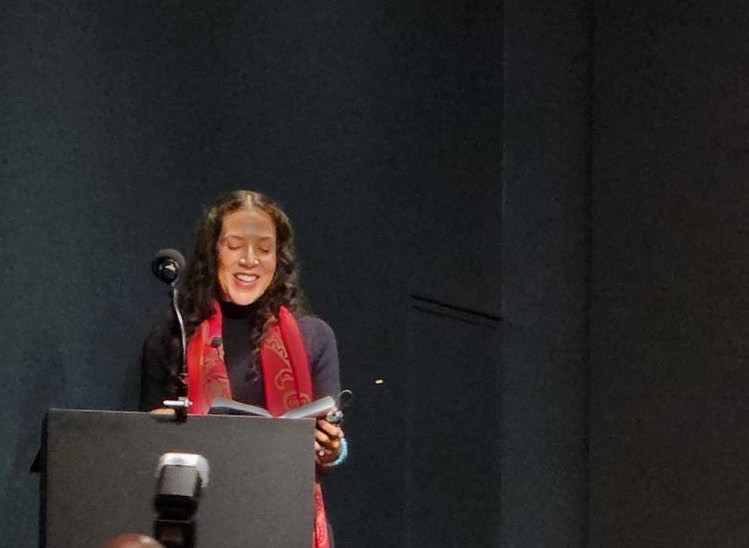
We had the good fortune of connecting with Toni Ann Johnson and we’ve shared our conversation below.
Hi Toni Ann, where are your from? We’d love to hear about how your background has played a role in who you are today?
I’m from Monroe, NY, which, is about fifty miles north of New York City. When I was growing up it was a small, mostly conservative, mostly blue-collar town with a smattering of professionals, and a couple of well-to-do families that were descendants of the town’s founders. It was not suburban, though some have referred to it as a suburb. It was rural when I was a child. There was a farm up the street from our house.
The town was primarily working-class and white. My parents moved there just before I was born and our family was Black and upper-middle-class. My father was a psychologist and psychoanalyst who’d studied with Theodor Reik, one of Freud’s first students. My parents were intellectually curious and liked to travel abroad, which we did at least once a year, sometimes twice a year.
I was the only Black kid in my neighborhood. In school, I was usually the only one in my class. I was the only one in my Girl Scout troop and in ballet class, in day camp, and at the tennis club my father belonged to. Though I had plenty of friends and I did well academically, I was never happy or comfortable living there. I didn’t like being different. A lot of people there had racist ideas about Blacks that made them wary of me for no good reason. I was called the N-word so often, I stopped telling my parents when it happened. It was constantly stressful. I always had to be on guard. If I made new friends, I had to worry about the way their parents would react to me. It didn’t matter that my father had a PhD and our family was well off financially, bigots who didn’t have the education my father had, and who worked blue-collar jobs, regarded me as inferior and did not allow me to socialize with their kids.
There were also families who were accepting and kind and I’m still connected to them to this day. But I didn’t look like anyone around me, nor did I share a cultural background with any of my white friends. I longed to fit in somewhere and the only spaces where I did fit in, for example with extended family, were far from where I lived.
I was rarely exposed to a perspective that taught me anything positive about Black people or Black culture until I started hanging out with a cousin from a middle-class Black neighborhood. Where I lived, there was little to no curiosity among my peers about anything relating to my culture.
When I moved to New York City for college, I got involved in a number of Black theatre and film communities, and the proximity to Black actors, artists, musicians, writers, and filmmakers enriched and expanded my life exponentially. I immersed myself in all the arts. I studied acting, singing, writing, and dancing. I loved performing, but, even though I was Black, I was new to Black culture because I had grown up in white culture. So, for years, I was learning all I could and finding ways to absorb the cultural aspects that felt authentic to me. I needed to find “my” Black experience in order to create art about it.
When I would audition for acting roles, my looks appearance confused people. I didn’t look the way most people thought Black was supposed to look. Both my parents are Black but both are light-skinned with mixed-race heritage and I present as biracial, or even as white to some though I do not have a white parent.
I did find work as an actress in soap operas and in theatre, but I did not fit most roles written for Black women, especially when the roles were written by white people who only saw Black people as uneducated and poor. I began writing plays that examined race, class, and colorism as I was developing my understanding of the complexities therein.
That exploration continues in my work today. What the dominant culture taught me about race and what I’ve since learned about race are in conflict and I am still untangling those things. My parents’ choice to raise me in a place where I was not valued presented an immense challenge to my psyche and it’s undoubtedly why I’m creating the work I’m creating to this day. Most of what I write ends up being about characters finding their humanity when the larger culture has taught them that it doesn’t exist.
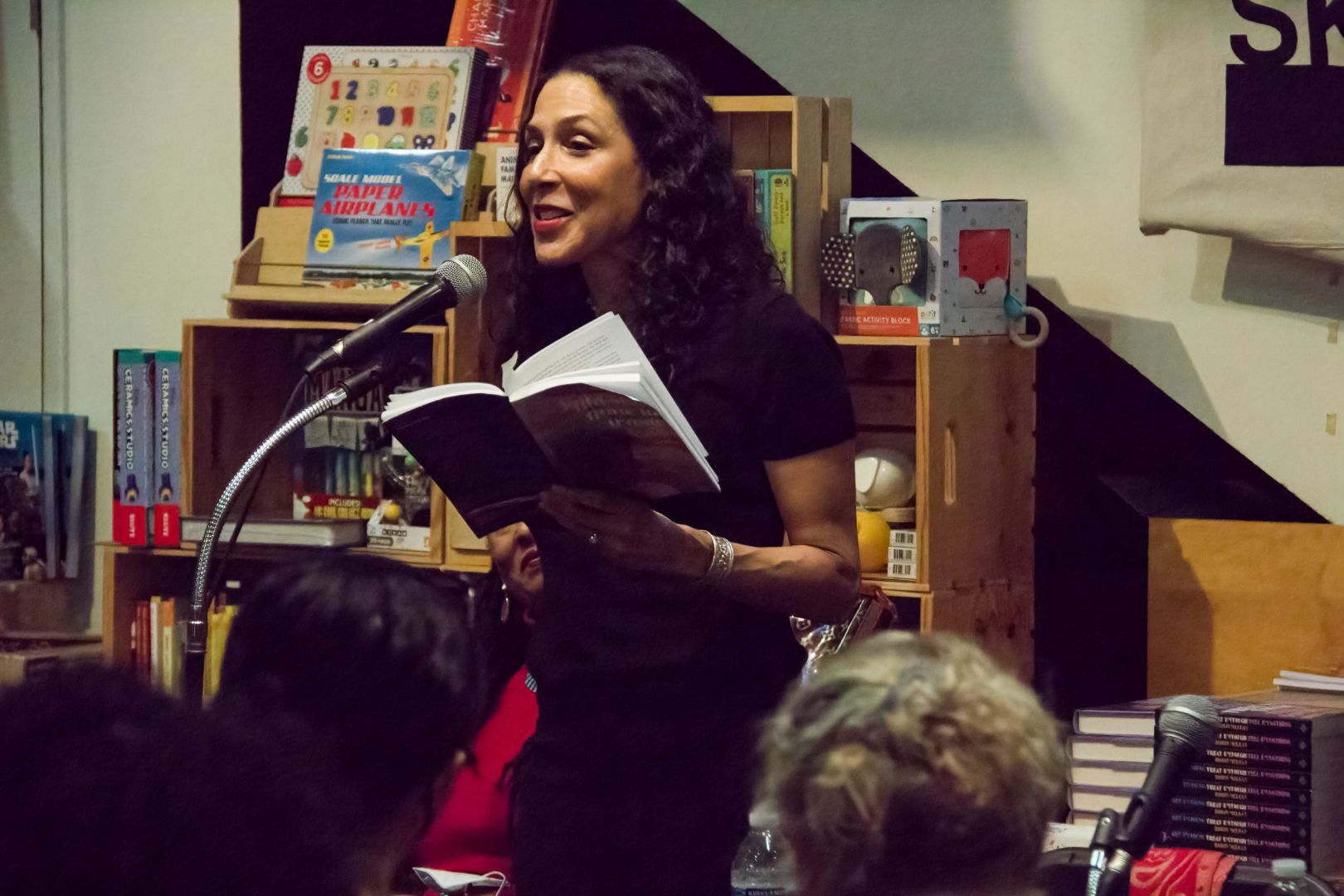
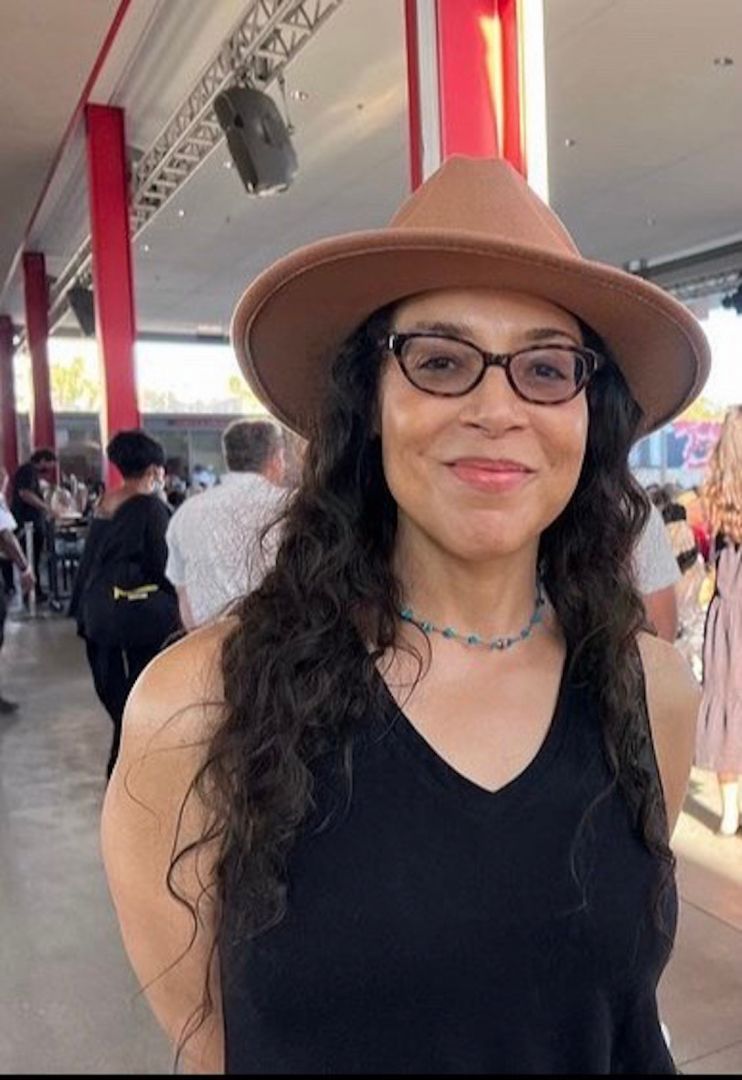
Let’s talk shop? Tell us more about your career, what can you share with our community?
For the last decade, I’ve been focusing on fiction. Before that, I was writing plays and screenplays and before that, I was acting. As a playwright, my work was produced in New York, Off-Broadway by The Negro Ensemble Company, and elsewhere. In Los Angeles my play Gramercy Park is Closed to the Public was produced at the Hudson Theatre by The Fountainhead Theatre Company, and as a reading at Ensemble StudioTheatre west, later, it was produced by the New York Stage and Film Company during their summer PowerHouse season. That play got me into the Sundance Screenwriter’s Lab. I also signed with the literary agent Dave Wirstshafter after he read the play. After signing with Wirtshafter, I did many writing assignments, including re-writing Save the Last Dance, which led to writing the pilot based on the film, which got produced but didn’t make it to air. I also wrote the film Ruby Bridges (Disney ABC), which was in the news in April of 2023 because it was briefly banned in Florida due to DeSantis’s “anti-woke” laws. I won the 1998 Humanitas Prize for my script. It’s a $25,000 prize awarded to works that uplift and affirm the human spirit. I wrote the film Crown Heights for Showtime (2004) and won a second Humanitas Prize for that script,. I also wrote The Courage to Love for LIfetime (starring Vanessa Williams), and the feature film Step Up 2: The Streets, which is the second installment in the international Step Up Franchise. It was a good career and I appreciated the success, however, I got tired of executing other people’s ideas and writing for hire. That’s what led me to fiction. I went back to school and earned an MFA in Creative Writing at Antioch University Lost Angeles.
I won The Flannery O’Connor Award in 2021 with my linked, autobiographical story collection Light Skin Gone to Waste, published in October 2022. The book was also nominated for a 2023 NAACP Image Award for Outstanding Literary Work. In 2020, I won a novella contest with Accents Publishing and they published my book Homegoing in 2021. Homegoing is connected to Light Skin Gone to Waste; it’s the same characters decades later. My first novel, Remedy For a Broken Angel came out in 2014 and was nominated for a 2015 NAACP Image Award for Outstanding Literary Work by a Debut Author. I’m working on another collection now that will be linked to Light Skin Gone to Waste. It includes stories from characters that existed in the first book but weren’t featured and it will move forward from the first collection’s time period of the 1960s and ’70s,
My work tends to explore race and class. I also often focus on trauma and mental illness, both depression and narcissism. My father was a psychologist and psychoanalyst and his office was in our house as I was growing up. Later, I lived in his New York City office during college, where I slept on his waiting room couch. Having grown up around my father, his patients, and his psychoanalyst colleagues, and having been in and out of therapy for much of my life, I’m often drawn to the therapeutic process, or references to it in stories
When I write, I’m always interested in my characters’ past, their family of origin, and the effect their upbringing had on them. As an actor, I also thought a lot about these things. I studied Method Acting as a teenager when Lee Strasberg, the renowned acting teacher, was still alive. I attended his lectures. One of the things I took from listening to him was, “Art is in the choice,” I interpreted this as the specificity the artist brings to their work. It applies to writing as well as acting. I learned to trust and believe in the choices I make in my work and I learned to commit to them. My character choices are unique to me. They come from my experience of being upper middle class and Black in a mostly working-class white environment and being raised by two parents who were idiosyncratic and narcissistic. My own interest in the arts–music (particularly jazz), dance, and acting also comes up in my work. Characters are typically pursuing artistic careers. Remedy For a Broken Angel was about a dysfunctional family of jazz artists and the wounds a narcissistic mother inflicts on her daughter. Homegoing’s protagonist (based on me) is a singer whose parents are narcissists.
My artistic life, like many artists, has been both challenging and rewarding. There have been amazing experiences of success and years where nothing went as I hoped. Since I’ve been doing this for a long time, I have the perspective to understand that the times that don’t seem to be going well are opportunities to study and learn and live and allow the artistic mind to take in new experiences and ideas. If you want your work to deepen and grow, you have to deepen and grow, also. As much as I dislike difficult times, I find value in them.
When my phone isn’t ringing and pinging, or my inbox isn’t receiving acceptances, I can study, read, think, travel, and do my work. There are cycles and the quiet ones can be scary because it can feel like my work will never sell or be noticed but in a long career you see that if you don’t give up, eventually the cycle shifts, and things happen again. The tide goes out and it comes back in.
I’ve reinvented myself successfully a couple of times now. I stopped acting to write movies and later I stopped writing movies to write fiction. Each time it was a terrifying risk, moving into the unknown. It was not easy but those decisions led to interesting, worthwhile experiences and I’ve grown as an artist because of them.
Lately, I’ve allowed myself to do more acting again. I’ve done the narration for all my audiobooks and I’ve adapted one of my stories into a one-woman show that I’ve had the opportunity to workshop at The Cherry Center in Carmel, CA. I’ve been immensely happy reading and being back on stage, performing my own work. The theatricality in my work is ever present, even in prose. I’m always thinking about how things sound aloud and I’m constantly working to entertain and/or move the reader emotionally
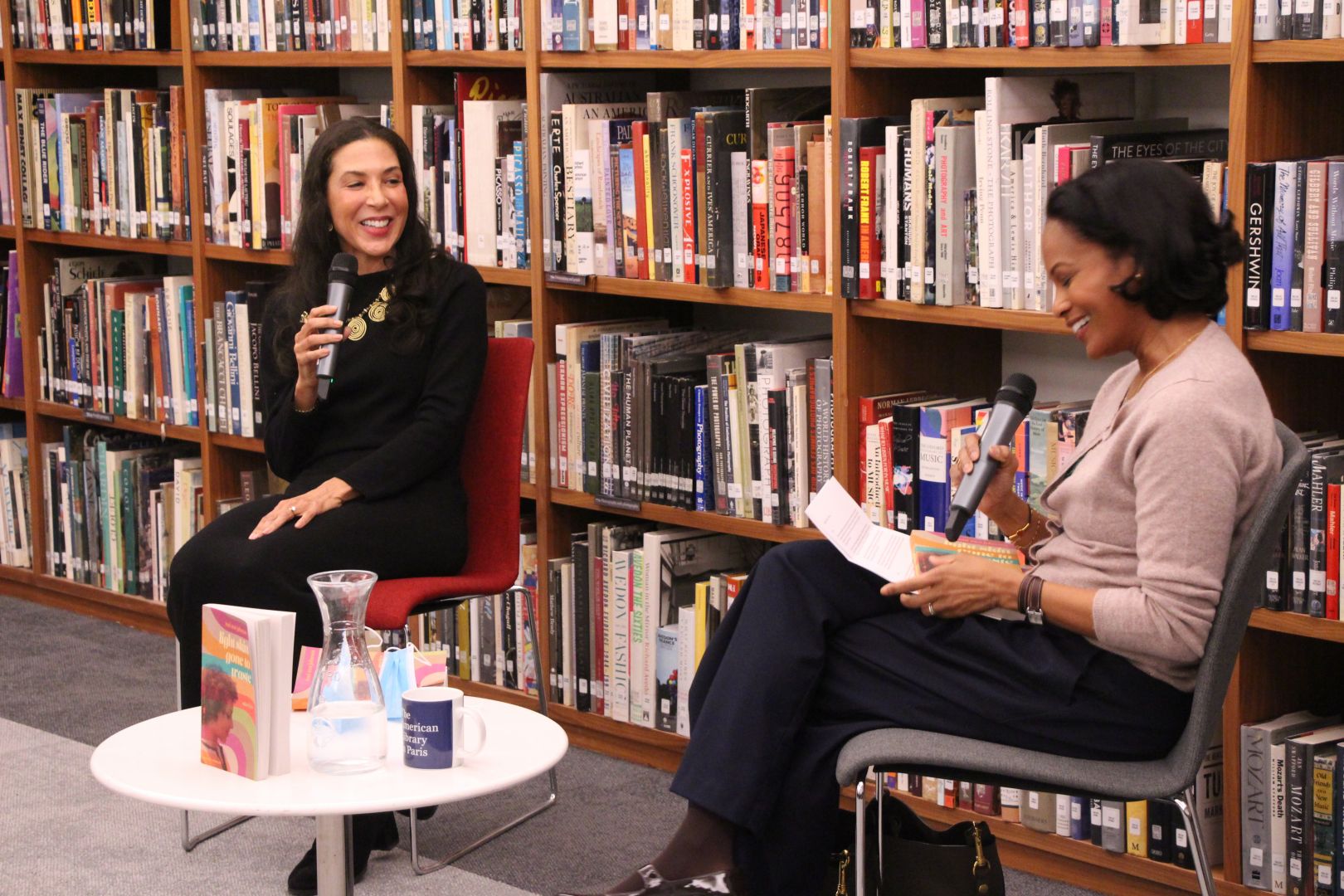
Let’s say your best friend was visiting the area and you wanted to show them the best time ever. Where would you take them? Give us a little itinerary – say it was a week long trip, where would you eat, drink, visit, hang out, etc.
I love the art museums around the city–MOCA, LACMA, The California African-American Museum, The Broad, and elsewhere. I appreciate the programming these museums offer, in addition to the art. I’d look to see what was going on where and if there’s an exhibit I’m interested in, I’d love to bring out-of-town guests. I’ve seen amazing lectures, shows, and interviews at CAAM, most memorably Roger Guenveur Smith’s show about the LA artist Charles White. In the warmer months, LACMA has free jazz outside on Friday nights and it’s one of my favorite things to do in LA. And right next to LACMA is the fabulous Academy Museum of Motion Pictures. I’d definitely take friends there because I appear in the Spike Lee section in a photo from School Daze, which I was in. The whole museum is comprehensive and spectacular and any film fan will love it. The rooftop is quite grand and offers an amazing view of the entire city.
I would also take friends to Pasadena to see the bookstore Octavia’s Bookshelf. I was a huge fan of Eso Won Books in South Los Angeles and did my first book launch there, but they closed after twenty-plus years, and Octavia’s Bookshelf, owned by a Black woman, opened. They specialize in books by people of color. It’s a delightful spot! I’d also take them to The Salt Eaters in Inglewood, which is owned by a Black woman, as well, and they specialize in books by women of color, queer, and non-binary writers. And we’d have to visit Skylight Books, which I love. They are so supportive of Los Angeles writers, including me! I did my LA launch for Light Skin Gone to Waste. I visit Skylight Books often to support other writers. There’s always someone launching their book there. And the beautiful tree in the middle of the bookstore is an added bonus. Chevalier’s Books on Larchmont is wonderful, too, and Larchmont is a destination spot. A great street to browse shops and have coffee, or a meal. I enjoy the food at Le Petit Greek.
Another favorite spot to eat is Spartina on Melrose. It has a beautiful outdoor patio and at night it sparkles and shines with string lights. The food is excellent. It’s the only place I’ve ever been that serves Lambrusco, which is a dry, sparkling, red wine. They have gluten-free pasta options, and their chickpea pancake topped with avocado is divine.
If these friends from out of town happen to be vegan, I’d take them to Real Food Daily, either in Pasadena or the one near the Beverly Center. Both locations have comfortable outdoor seating and lots of delicious vegan options.
And, of course, we’d have to hit the beach! These days, I love Malibu, particularly the stretch next to Malibu Road. I also enjoy the beach at Playa Del Rey, which has a great walking and bike trail.
And we’d have to attend some theatre if there’s time. First I’d see what’s playing at The Mark Taper Forum and if we can get tickets that would be my first option. Nearby, there’s also Redcat, which has great shows. And it’s right at The gorgeous Disney Concert Hall, which is a must-see for Frank Gehry’s architecture. If money is no object, we’d do a show at either the Taper or Redcat or both and take in a concert at the Disney Concert Hall. I’ve been fortunate enough to see a few concerts there, including seeing Dudamel conduct a number of times. Though he’s leaving LA, sadly, it’s so worth seeing the inside of that breathtaking space.
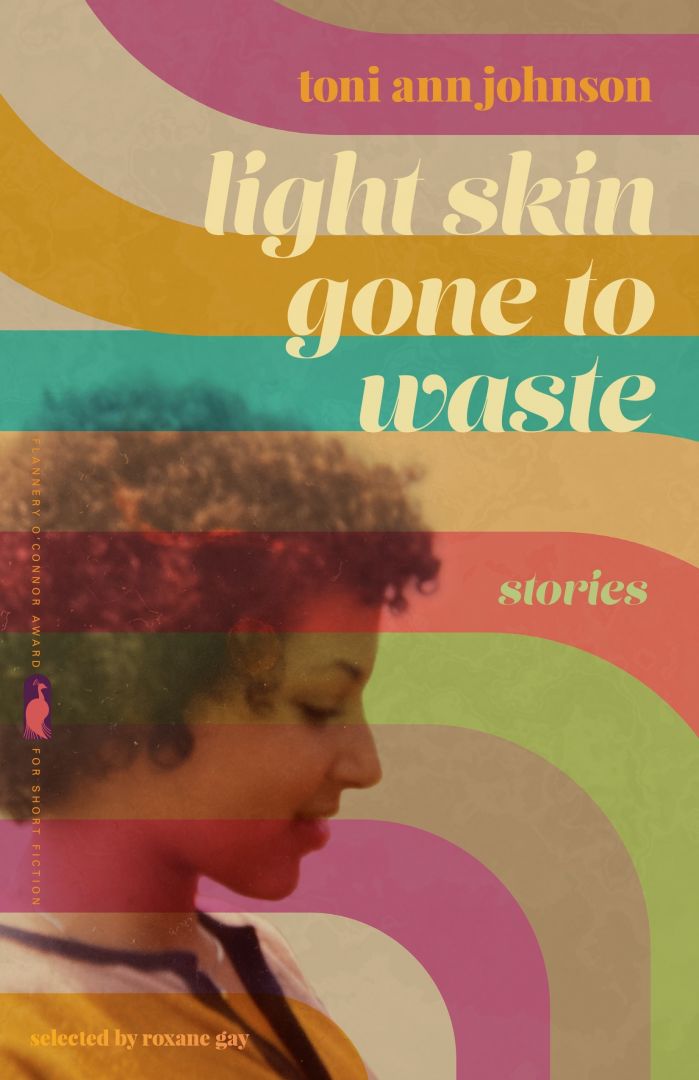
Who else deserves some credit and recognition?
Women Who Submit is an organization dedicated to helping women and writers who identify as women submit their work for publication. We have chapters across the country as well as in Mexico and Europe. I’ve been a member for over ten years and recently, I joined the inaugural board. The women writers I’ve met through the organization, the encouragement I’ve received, and the many things I’ve learned as a result of being a member have enhanced my career and my life immeasurably. Our organization is welcoming and supportive and continually benefits many of us in the Los Angeles literary community. The organization, and its brilliant founders, Xochitl Julisa-Bermejo and Ashaki Jackson deserve to be celebrated.
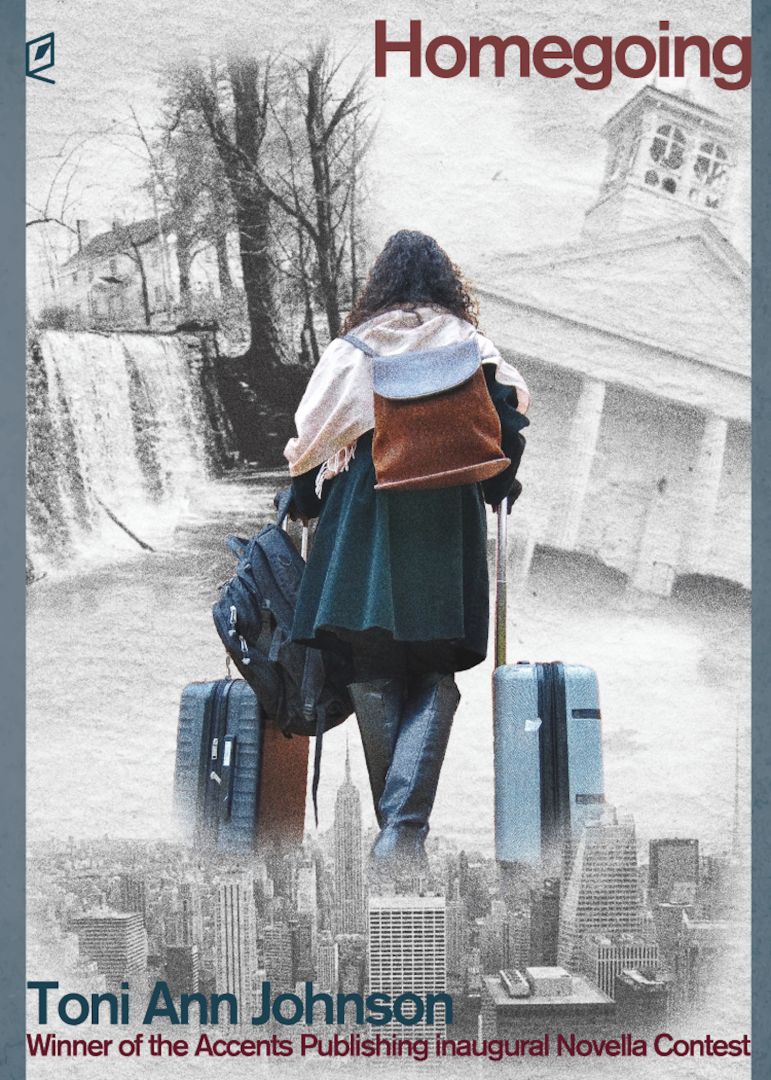

Website: www.toniannjohnson.com
Instagram: @treeladytoniann
Linkedin: https://www.linkedin.com/in/toni-ann-johnson-b7662b9/
Twitter: @toniannjohnson
Facebook: https://www.facebook.com/profile.php?id=100083853819984
Other: https://lnk.bio/toniannjohnson/
Image Credits:
